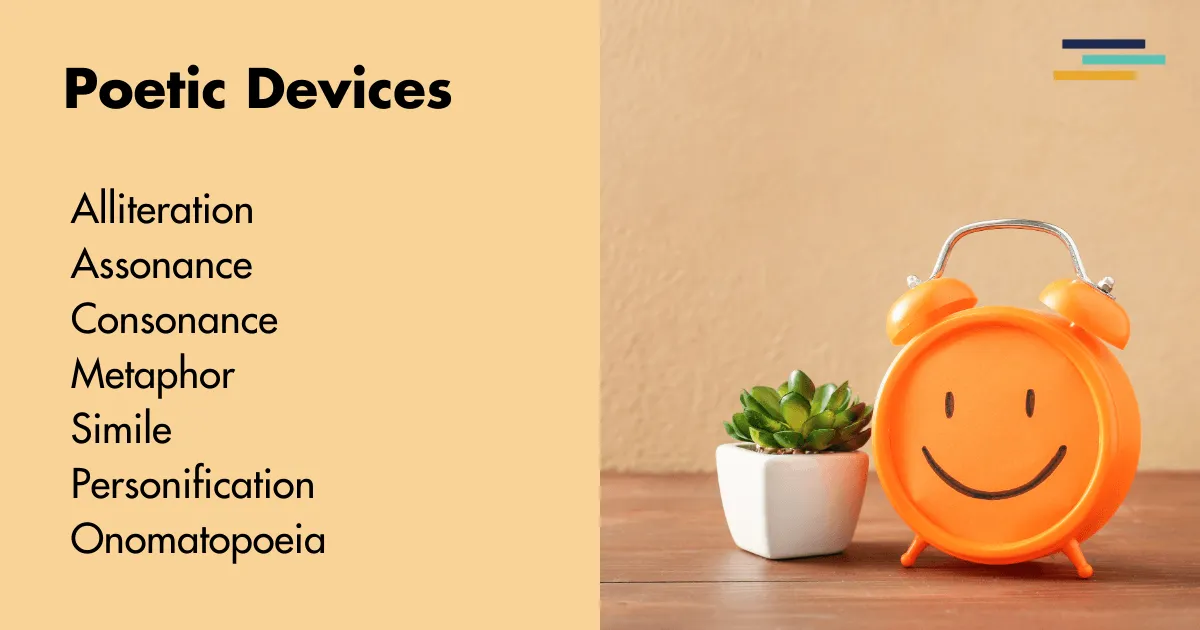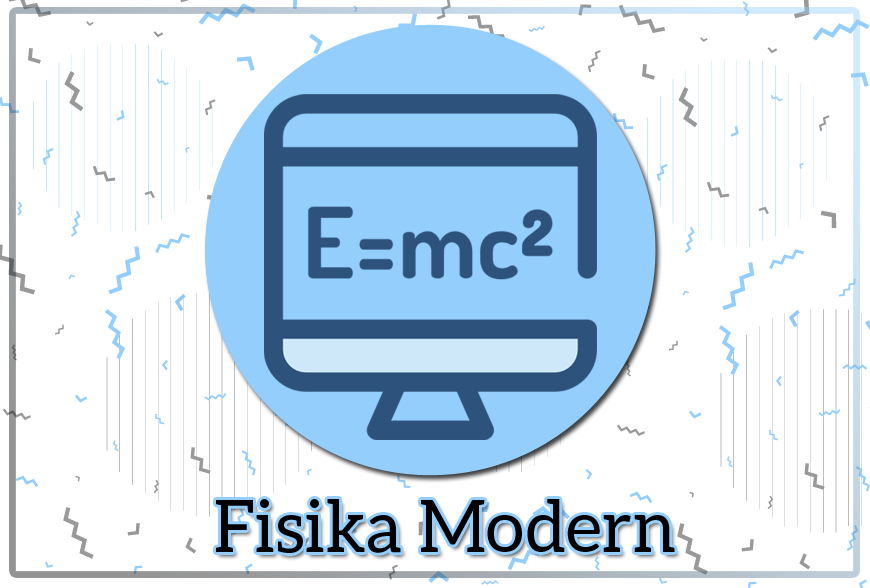Poetry is an expressive and powerful form of writing that conveys emotions, ideas, and imagery through carefully chosen words and rhythms. What sets poetry apart from prose is the use of poetic devices—literary techniques that enhance meaning, sound, and structure.
Mastering these devices allows poets to create evocative and impactful works that resonate with readers. Whether you are writing a heartfelt sonnet, a rhythmic ballad, or a free-verse poem, understanding poetic devices can elevate your craft.
This guide explores the essential poetic devices that every poet should know and provides tips on how to use them effectively.
What Are Poetic Devices?

Poetic devices are tools that poets use to enhance the beauty, meaning, and rhythm of their poems. They can be categorized into:
- Sound devices – Affect the way poetry is heard.
- Figurative language – Create deeper meaning through comparisons and symbolism.
- Structural devices – Shape the form and flow of a poem.
By mastering these techniques, poets can add layers of depth and emotion to their work.
1. Sound Devices: The Music of Poetry
Sound is a crucial element of poetry. The following poetic devices help create rhythm, melody, and harmony:
1.1 Rhyme
The repetition of similar sounds at the end of lines.
✅ Example:
“Twinkle, twinkle, little star,
How I wonder what you are.”
🔹 Types of Rhyme:
- End rhyme: Occurs at the end of lines (e.g., cat/hat, moon/tune).
- Internal rhyme: Occurs within a line (e.g., “The cat sat on the mat”).
- Slant rhyme: Words that almost rhyme but not exactly (e.g., heart/hurt, time/mind).
1.2 Alliteration
The repetition of the same consonant sound at the beginning of words.
✅ Example:
“Peter Piper picked a peck of pickled peppers.”
Alliteration creates a musical quality and enhances memorability.
1.3 Assonance
The repetition of vowel sounds within words.
✅ Example:
“The rain in Spain stays mainly in the plain.”
Assonance adds a lyrical effect to poetry.
1.4 Consonance
The repetition of consonant sounds, typically at the end or middle of words.
✅ Example:
“He struck a streak of bad luck.”
This device creates a pleasing rhythm and enhances mood.
1.5 Onomatopoeia
Words that imitate natural sounds.
✅ Example:
“The bees buzzed, and the brook gurgled.”
Onomatopoeia adds vividness and realism to poetry.
2. Figurative Language: Creating Vivid Imagery
Figurative language goes beyond literal meanings to create deeper emotional and visual effects.
2.1 Metaphor
A direct comparison between two unrelated things without using “like” or “as.”
✅ Example:
“Time is a thief.” (Time is being compared to a thief, suggesting it steals moments from life.)
Metaphors make abstract ideas more tangible.
2.2 Simile
A comparison using “like” or “as.”
✅ Example:
“Her smile was as bright as the sun.”
Similes make descriptions more vivid.
2.3 Personification
Giving human qualities to non-human things.
✅ Example:
“The wind whispered through the trees.”
Personification makes imagery more engaging and relatable.
2.4 Hyperbole
An extreme exaggeration for emphasis.
✅ Example:
“I’ve told you a million times!”
Hyperbole adds drama and intensity to poetry.
2.5 Symbolism
Using objects, colors, or actions to represent abstract ideas.
✅ Example:
“A dove flew across the sky.” (The dove symbolizes peace.)
Symbolism adds layers of meaning to a poem.
2.6 Imagery
Descriptive language that appeals to the senses (sight, sound, smell, taste, touch).
✅ Example:
“The crimson leaves crunched underfoot as the crisp autumn air filled my lungs.”
Imagery helps readers visualize and emotionally connect with a poem.
3. Structural Devices: The Form of Poetry
Poetic structure affects the flow and impact of a poem knowledge.
3.1 Enjambment
The continuation of a sentence beyond the end of a line.
✅ Example:
“I think that I shall never see
A poem lovely as a tree.”
Enjambment creates suspense and a natural flow.
3.2 Caesura
A pause within a line, often marked by punctuation.
✅ Example:
“To be, or not to be—that is the question.”
Caesura adds dramatic effect and controls pacing.
3.3 Repetition
Repeating words, phrases, or lines for emphasis.
✅ Example:
“I have a dream… I have a dream…” (Martin Luther King Jr.)
Repetition reinforces key ideas and enhances rhythm.
3.4 Parallelism
Using similar grammatical structures in successive lines.
✅ Example:
“Like father, like son.
Like teacher, like student.”
Parallelism improves balance and symmetry in poetry.
3.5 Anaphora
The repetition of the same word or phrase at the beginning of multiple lines.
✅ Example:
“I will rise”
Anaphora adds emphasis and emotional impact.
4. Mastering Poetic Devices: Tips for Poets
💡 1. Read Widely: Study the works of famous poets to see how they use poetic devices.
💡 2. Experiment: Try different devices in your writing to see what enhances your poem.
💡 3. Focus on Sound: Read your poem aloud to hear its rhythm and flow.
💡 4. Use Metaphors and Imagery: Make your poetry vivid and expressive.
💡 5. Revise and Edit: Great poetry often comes through refinement.
Conclusion
Poetic devices are the building blocks of powerful poetry. By mastering sound devices, figurative language, and structural techniques, poets can create memorable, expressive, and emotionally resonant works.
Whether you’re a beginner or an experienced poet, understanding these techniques will help you craft poetry that engages, moves, and inspires your readers.
Key Takeaways:
- Poetic devices enhance rhythm, meaning, and imagery.
- Sound devices like rhyme, alliteration, and assonance create musicality.
- Figurative language, including metaphors and personification, deepens expression.
- Structural elements like enjambment and repetition shape a poem’s flow.
Start writing, experimenting, and embracing the art of poetry! ✍️✨








